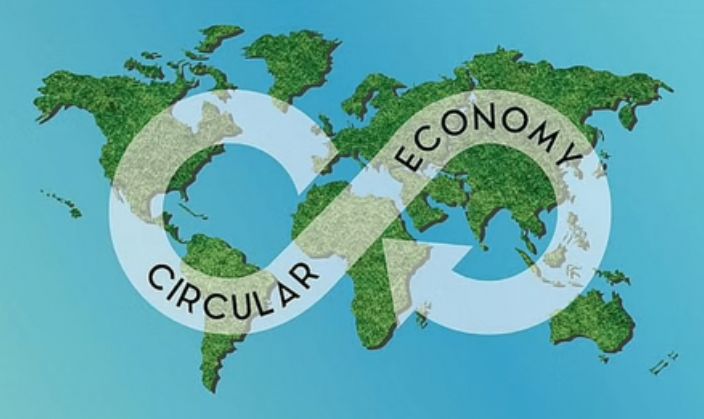India is rethinking waste as a resource. A recent report by PwC India on the circular economy outlines a transformative shift. The study highlights that circular initiatives could save up to 20–30% in raw material costs and generate substantial economic value. With waste now seen as a resource, new business models are taking shape to reduce environmental impact and boost sustainability.
A changing landscape
The report reveals that India’s circular economy is an emerging phenomenon. Currently, only a fraction of waste is recycled or reused. However, the potential is enormous. The report estimates that embracing circular practices could add billions to the GDP and create thousands of jobs in waste management, recycling, and remanufacturing sectors. The adoption rate is growing, driven by both governmental targets and private sector ambition.
Who is leading the shift?
Major players span government agencies, large corporations, and startups. The Indian government has set clear targets for reducing landfill reliance and increasing recycling rates. Leading multinational corporations and homegrown businesses are investing heavily in resource recovery and value-chain optimisation. These companies are piloting systems that recover up to 30% of waste for reuse, transforming traditional linear processes into regenerative cycles.
Where is change taking place?
The transformation is evident nationwide. Industrial clusters around Mumbai, Delhi, Bengaluru, and Chennai are at the forefront of circular initiatives. In addition, smaller cities and rural regions are also getting involved through community-level recycling projects and local innovation hubs. The geographical diversity of these efforts suggests that the circular economy can thrive in varied settings—urban mega-cities as well as remote areas.
When did it start?
Circular practices in India have been gradually taking shape over the past decade. However, recent data shows that the trend accelerated in the last five years. Policy reforms in the early 2010s laid the groundwork for a more sustainable resource management system. Since 2018, increased public awareness and progressive legislation have further spurred adoption. The report reflects a contemporary snapshot that builds on long-standing efforts while marking a significant new phase in sustainability.
Why it matters?
The benefits of a circular economy extend far beyond environmental conservation. Firstly, it addresses acute challenges such as dwindling natural resources and rising waste. Secondly, it creates resilient value chains that can withstand global economic disruptions. The report points out that a circular approach could reduce waste generation by up to 20% while boosting resource efficiency. Furthermore, by transforming waste into a resource, Indian industries stand to gain a competitive edge in international markets, aligning with global sustainability trends.
How the transformation is occurring?
The report details several strategies that are driving the circular transition:
• Policy Support: The government is now endorsing regulations that mandate waste segregation and recycling. Incentives for green practices are on the rise.
• Technological Innovation: New technologies in sorting, recycling, and remanufacturing are scaling up. These innovations enable businesses to reclaim up to 30% of their waste, turning it into marketable products.
• Public-Private Partnerships: Collaborations between corporate giants, startups, and local governments are forming robust waste management ecosystems. Pilot projects in major industrial zones have demonstrated real savings in material costs.
• Consumer Engagement: Increased consumer awareness around sustainability is fuelling demand for products made through circular processes. Educational campaigns and eco-labels are making a positive impact.
These methods are beginning to yield measurable results. For example, some companies have reported a 25% reduction in waste disposal costs, while others are experimenting with new business models centred on product life extension.
Addressing the challenges
Despite these promising developments, several challenges remain. One of the key issues is the significant upfront investment required for new infrastructure and technology. Small and medium-sized enterprises (SMEs) may find it harder to secure funding or expertise. There is also the need for better coordination between various stakeholders and more robust data to track progress. The report cautions that without unified effort and streamlined policies, the potential of the circular economy may remain underutilised.
The road ahead
Enhanced public policy, increased investment in technology, and greater industry commitment are essential to scaling up circular initiatives. Training and capacity building for workers in the recycling and remanufacturing industries are also crucial. There is a clear need for more innovative partnerships that bridge the gap between environmental aspirations and practical business operations.
The circular economy presents an attractive solution to India’s waste and resource challenges. With opportunities to reduce raw material costs and drive economic growth, the sector is poised for transformation. However, realising its full potential requires overcoming financial, technological, and coordination challenges.
By making waste a resource, India is not only addressing critical environmental issues but also creating new economic opportunities.

